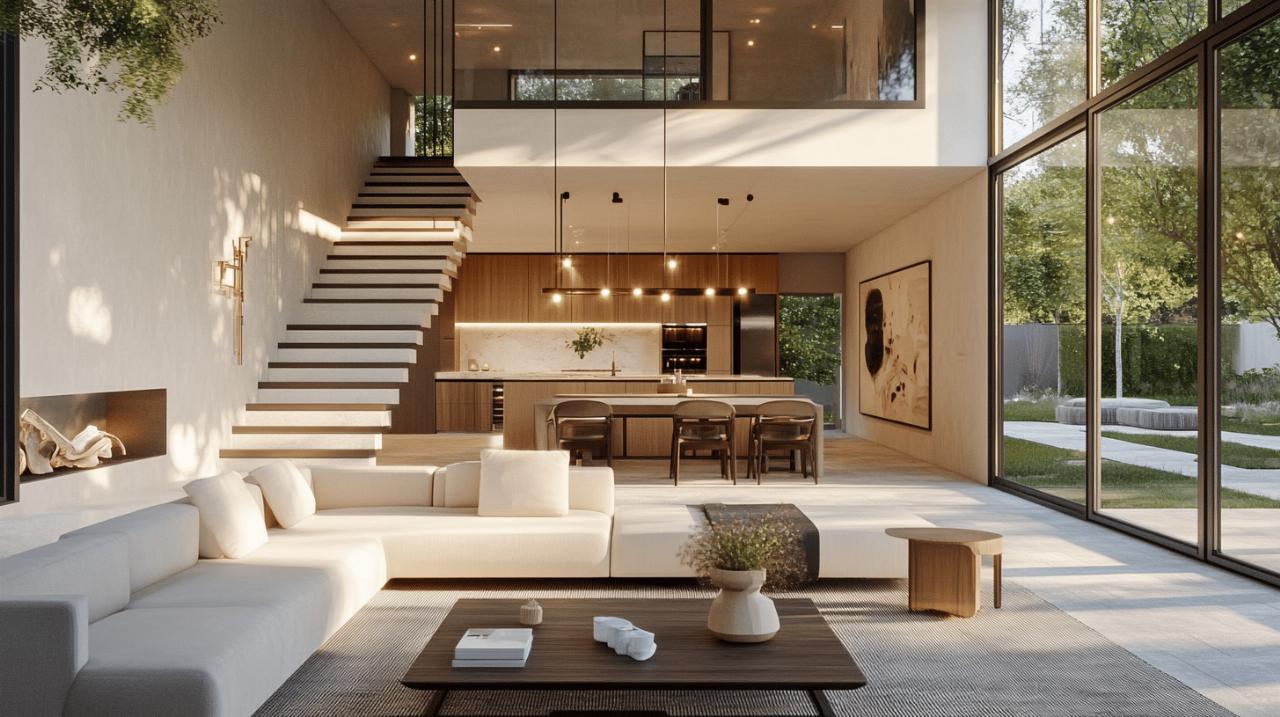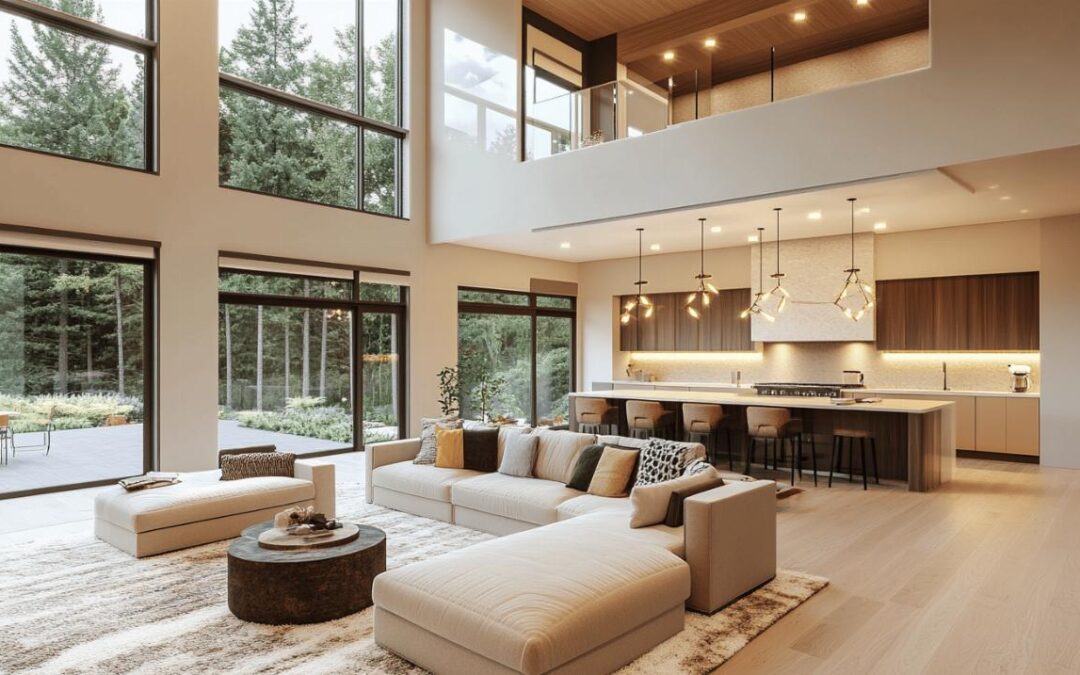Home design constantly evolves with exciting innovations transforming how we live in our spaces. From smart technology integration to sustainable practices, today's design landscape blends aesthetics with practicality in fascinating ways.
Modern minimalism meets functionality
The current wave of interior design emphasizes clean lines and purposeful spaces while ensuring homes remain comfortable and livable. This balance between minimal aesthetics and maximum utility defines the contemporary approach to creating harmonious living environments.
Space-saving solutions transforming compact living
Urban living challenges have sparked ingenious design innovations for smaller homes. Neutral palettes expand visual space while strategic mirror placement creates depth illusions. Many homeowners now embrace clever storage systems integrated into walls and furniture. The trend of adaptable rooms that serve multiple functions throughout the day has gained traction through the Casa Idea platform, where designers showcase transformable spaces that maximize every square foot in compact urban dwellings.
Multipurpose furniture gaining popularity
Furnishings that perform double or triple duty represent one of the fastest-growing segments in home design. Sofa beds with built-in storage, dining tables that convert to workstations, and modular pieces that reconfigure based on need dominate this category. The rise of wall beds (Murphy beds) with integrated desks or shelving demonstrates how functional pieces can maintain aesthetic appeal while serving practical purposes throughout changing daily routines.
Sustainable materials reshaping interiors
The world of home design is experiencing a significant shift as sustainability becomes a central focus for homeowners and designers alike. Modern residential architecture now embraces eco-friendly approaches that reduce carbon footprints while creating beautiful living spaces. This movement toward sustainable materials is reshaping interior design, bringing a blend of environmental consciousness and aesthetic appeal to contemporary homes.
Eco-friendly options for conscientious homeowners
Residential architecture is increasingly featuring renewable materials as conscientious homeowners seek ways to minimize environmental impact. Natural materials like reclaimed wood, stone, and plant elements are dominating interior design trends for 2025. These materials not only reduce environmental harm but also create spaces that promote wellbeing through connection to nature.
The Japandi style, which combines Japanese minimalism with Scandinavian functionality, represents this trend perfectly by using sustainable materials in a clean, purposeful way. Earthy neutrals such as terracotta, ochre, and sage complement these natural elements, creating warm, inviting spaces. Smart home technology is being discreetly integrated into these eco-friendly designs, ensuring sustainability doesn't compromise convenience or functionality.
Reclaimed materials creating unique aesthetic appeal
Beyond environmental benefits, reclaimed materials bring distinctive character to interior spaces. The adaptive reuse of old buildings and furniture is gaining popularity, with vintage and retro influences appearing in modern home design. These materials tell stories through their patina and wear, adding depth and personality that new materials simply cannot match.
Wood-drenched interiors are emerging as a major trend, with wooden wall treatments, oak kitchens, and exposed beams becoming increasingly sought-after. Natural stone accents are also making their way into homes, with searches for elements like onyx tile seeing dramatic increases. This shift toward textured, natural finishes creates multi-sensory interior environments that engage all senses while maintaining a connection to sustainable practices.
The marriage of maximalism with natural materials is creating bold yet eco-conscious spaces where clashing prints and bright colors coexist with sustainable elements. This approach allows homeowners to express individuality while maintaining environmental responsibility, proving that sustainable design can be both beautiful and personal.

